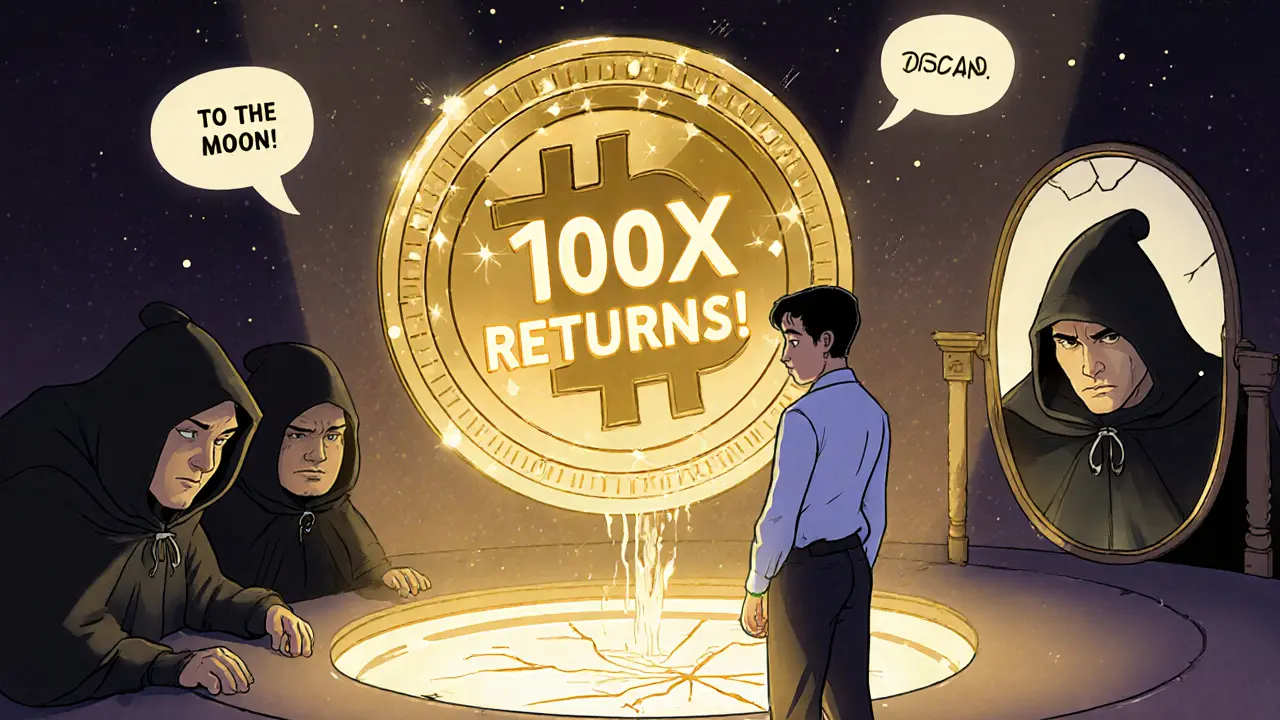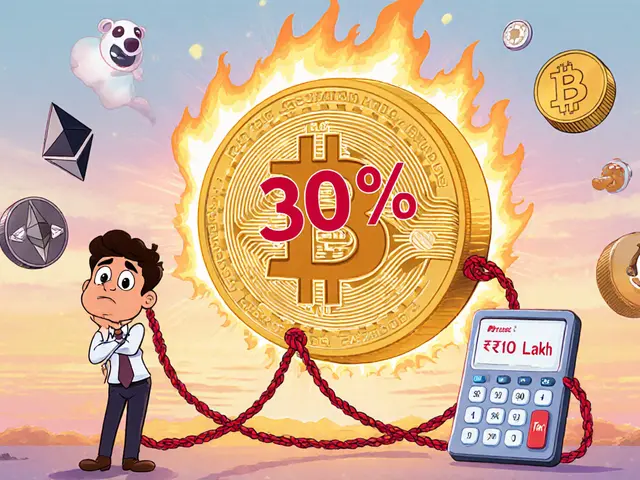Learn how to spot rug pull red flags in crypto projects before you invest. Key signs include anonymous teams, fake audits, locked liquidity, and unrealistic returns. Protect your funds with smart research.
Crypto Scam: How to Spot Fake Airdrops, Fake Exchanges, and Crypto Fraud
When you hear about a free crypto scam, a deceptive scheme designed to steal your cryptocurrency or personal data. Also known as crypto fraud, it often hides behind promises of quick riches, fake partnerships, or urgent airdrops. The truth? Most of these aren’t opportunities—they’re traps. Every week, someone loses money because they clicked a link, connected their wallet to a fake site, or joined a Telegram group that looked real. You don’t need to be a tech expert to get fooled. All you need is to trust a shiny logo and a countdown timer.
Many fake airdrop, a fraudulent campaign pretending to give away free tokens, often using trusted names like CoinMarketCap to seem legitimate. projects like Elemon, DogemonGo, and TokenBot have all been used as fronts for scams. They’ll say you can claim tokens if you connect your wallet or share your seed phrase. That’s not how real airdrops work. Legit ones never ask for your private keys. They don’t rush you. And they’re always announced through official channels—not random DMs or sketchy websites. Then there are fake exchange, a deceptive platform that mimics real decentralized exchanges but has no liquidity, no users, and no future. Baryon Network? One trading pair. Zero volume. No updates. Just a pretty interface to make you think it’s alive. Real exchanges like Uniswap or PancakeSwap have thousands of users, public team members, and active GitHub commits. Fake ones vanish the moment you send crypto in.
What makes this worse is that scams evolve. They copy real projects. They use real logos. They even hire actors to pretend to be developers on YouTube. But the signs are always there if you know where to look. Check the token’s trading volume. Look at the contract address on Etherscan. See if the team has verifiable LinkedIn profiles. Read the comments on CoinMarketCap—not the hype, but the complaints. If no one’s talking about it, that’s a red flag. If the project was launched last week and already has a $100 million market cap? Run.
You’ll find posts here that break down real cases: the Wombex WMX airdrop that was legit, the Vodra VDR drop that actually delivered, and the ones that didn’t—like the Daisy Launch Pad token that died quietly with no community left. We don’t just warn you. We show you what to compare against. You’ll learn how to tell the difference between a project that’s building something and one that’s just collecting wallets.
This isn’t about fear. It’s about awareness. The crypto space is full of people trying to help you build wealth. But it’s also full of people trying to take it. The best defense isn’t a fancy tool or a secret trick. It’s knowing what to look for—and what to walk away from.





